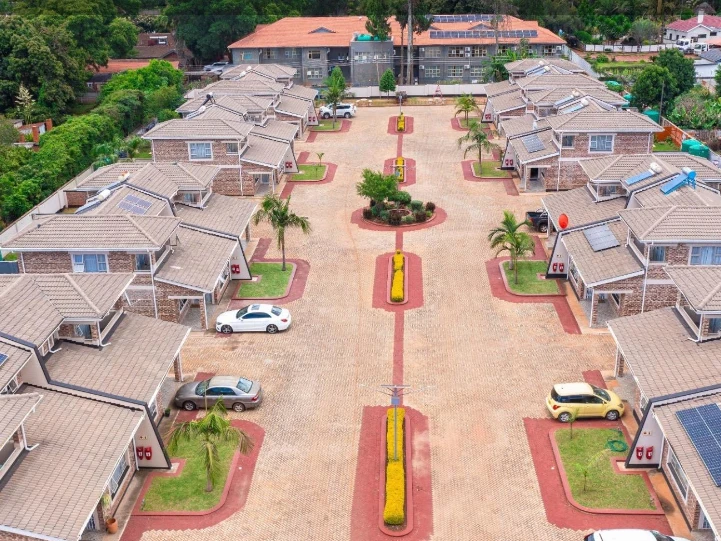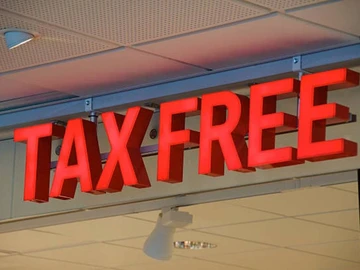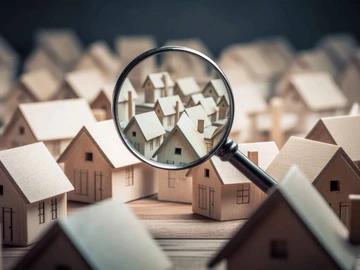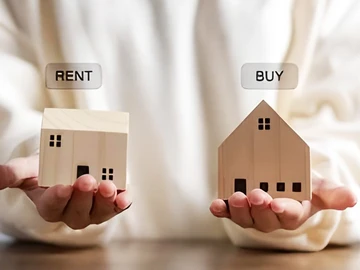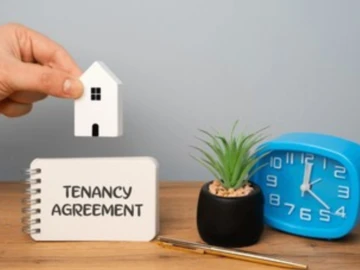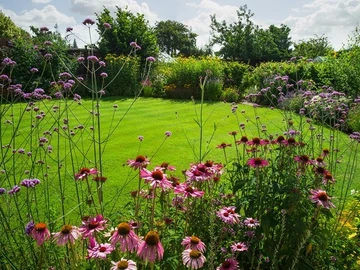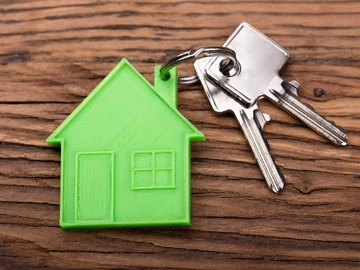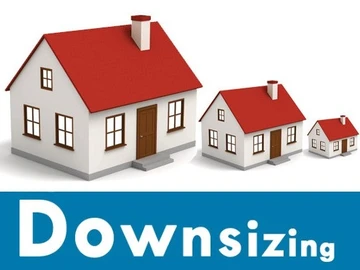In Zimbabwe’s ever-evolving real estate market, the adage "location, location, location" remains a cornerstone of smart property investment. Buying residential or commercial property isn’t just about acquiring a physical structure; it’s about investing in a high-growth area with potential for long-term capital appreciation.
Zimbabwe’s property sector has shown resilience and steady growth, with real estate hotspots emerging in areas like Harare’s northern suburbs, Bulawayo’s Hillside, and Victoria Falls. Property prices in Harare’s northern suburbs have increased by an average of 15% annually over the past five years, while Victoria Falls has recorded a 20% increase in property values over the past three years, driven by tourism and infrastructure development.
1. Infrastructure Developments
Infrastructure projects are a strong indicator of a neighbourhood’s potential. Improved road networks, public transport, electricity, water supply, and fiber-optic connectivity can significantly boost an area’s real estate appeal.
Real-Life Example & Statistics:
- Mount Pleasant Heights, Harare: The Mount Pleasant Bypass has increased accessibility, with property prices in the area rising by 18% in the past two years, compared to an 8% national average.
- Victoria Falls: The expansion of Victoria Falls International Airport and new road networks have driven a 25% increase in land values since 2020, making it one of Zimbabwe’s fastest-growing property markets.
What to Look For:
- Government urban planning initiatives, such as National Development Strategy 1 (NDS1), which prioritises infrastructure development.
- Increased housing demand near major transport routes—historically, properties within 2 km of a new highway experience price increases of up to 30%.
2. School Improvements
The quality of local schools is a major factor influencing property values. Areas with reputable schools or new educational institutions often experience increased demand for family-friendly housing.
Real-Life Example & Statistics:
- Chisipite and Borrowdale, Harare: Home to top schools like Chisipite Senior School and Borrowdale Brooke Primary, property prices here have grown by 12% per year, with rental demand increasing by 20% over the past three years.
- Bulawayo’s Hillside: The establishment of new private schools has contributed to a 15% rise in residential property values since 2019.
What to Look For:
- Upgrades to existing schools or construction of new private institutions—areas near top-performing schools see property values appreciate by 10-25% faster than the surrounding market.
3. Local Business Growth
A thriving local economy is a key indicator of an emerging real estate hotspot. The expansion of retail stores, commercial spaces, office parks, and lifestyle centres can indicate increasing property demand.
Real-Life Example & Statistics:
- Avondale, Harare: The growth of trendy coffee shops, boutique stores, and office spaces has pushed commercial property values up by 22% in the last four years.
- Victoria Falls Town: The boom in eco-tourism and hospitality has led to a 40% increase in short-term rental prices, making it one of the most profitable Airbnb markets in Zimbabwe.
What to Look For:
- New commercial properties, including shopping malls and business hubs—historically, areas with new retail centers see a minimum 15% increase in property values over five years.
4. Demographic Shifts
Changes in demographic trends—such as an influx of young professionals, families, or expatriates—can indicate an area’s potential for real estate appreciation.
Real-Life Example & Statistics:
- Eastlea, Harare: The area has seen an 8% annual increase in rental demand, with property values rising by 10% per year due to an influx of young professionals and creatives.
- Chitungwiza: Traditionally a high-density area, Chitungwiza now attracts middle-income families, leading to a 12% rise in home prices and 30% increase in rental yields since 2020.
What to Look For:
- Shifts in rental demand, as rising rental prices often signal a booming property market—average rental yields in high-growth suburbs now exceed 8% annually.
5. Real Estate Market Trends
Monitoring property market trends helps identify high-growth neighbourhoods. Key factors include increasing sale prices, new housing developments, and rental yield trends.
Real-Life Example & Statistics:
- Borrowdale and Glen Lorne, Harare: These areas have seen steady property price increases of 15% per year, driven by limited supply and high demand for luxury homes.
- Bulawayo’s Riverside and Burnside: New housing developments have increased property transaction volumes by 35%, making these areas attractive for real estate investors.
What to Look For:
- Low vacancy rates—neighbourhoods with occupancy rates above 90% tend to have strong long-term investment potential.
Red Flags to Watch Out For
While it’s exciting to identify a neighbourhood on the rise, beware of investment risks:
- High crime rates—neighbourhoods with crime rates above 10% per year see property value stagnation.
- Poor property maintenance—areas with over 30% of properties vacant may indicate limited investment interest.
- Lack of new real estate developments—growth typically slows when construction activity declines by 20% or more.
Why Neighbourhood Choice Matters
Choosing the right real estate investment location is key to maximising returns. Borrowdale, Avondale, Victoria Falls, and Mount Pleasant Heights have demonstrated consistent annual growth of 10-20%, driven by infrastructure developments, school expansions, and business growth.
Final Thoughts
Spotting a neighbourhood on the rise requires market research and real estate trends analysis. By focusing on infrastructure developments, school improvements, business expansion, demographic shifts, and property data, you can identify emerging property hotspots in Zimbabwe’s real estate market.
For more expert insights on real estate investment in Zimbabwe, visit Property.co.zw or consult a local real estate agent to guide your property buying decisions.
 Continue with Facebook
Continue with Facebook
 Continue with Email
Continue with Email

